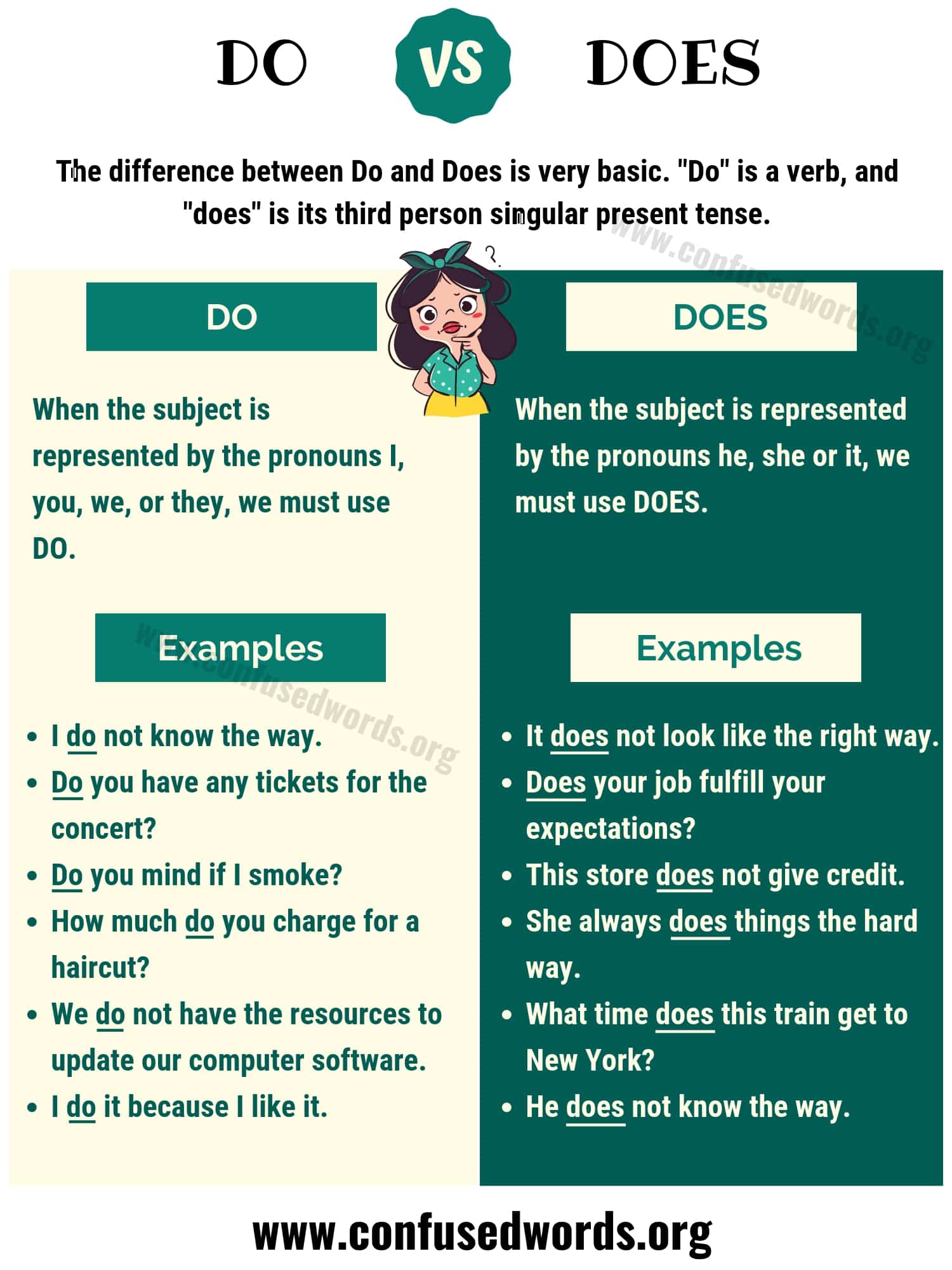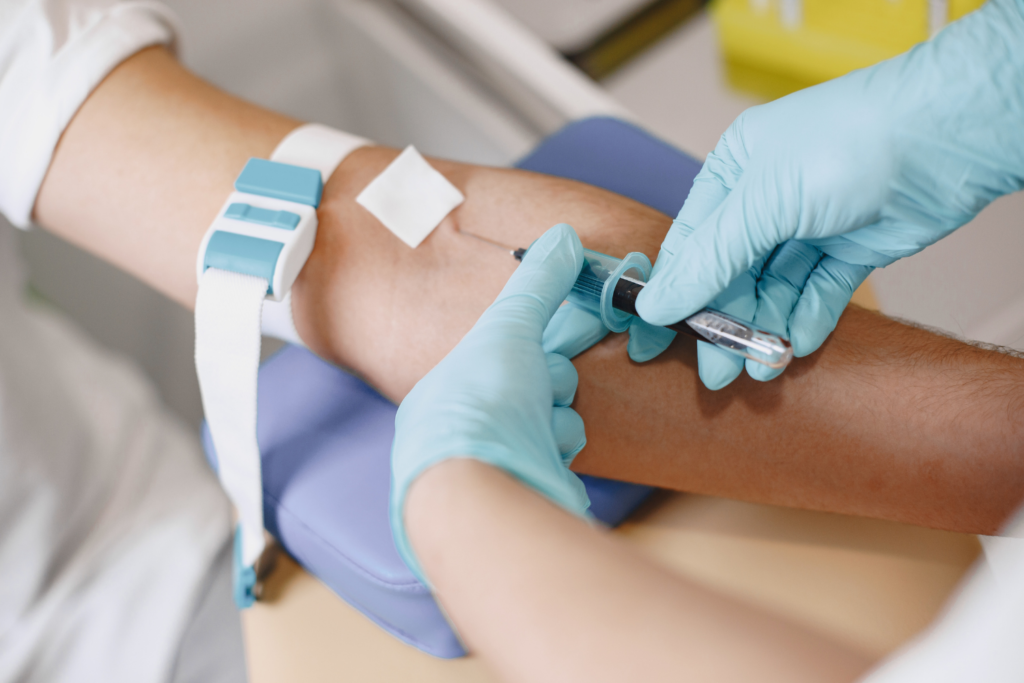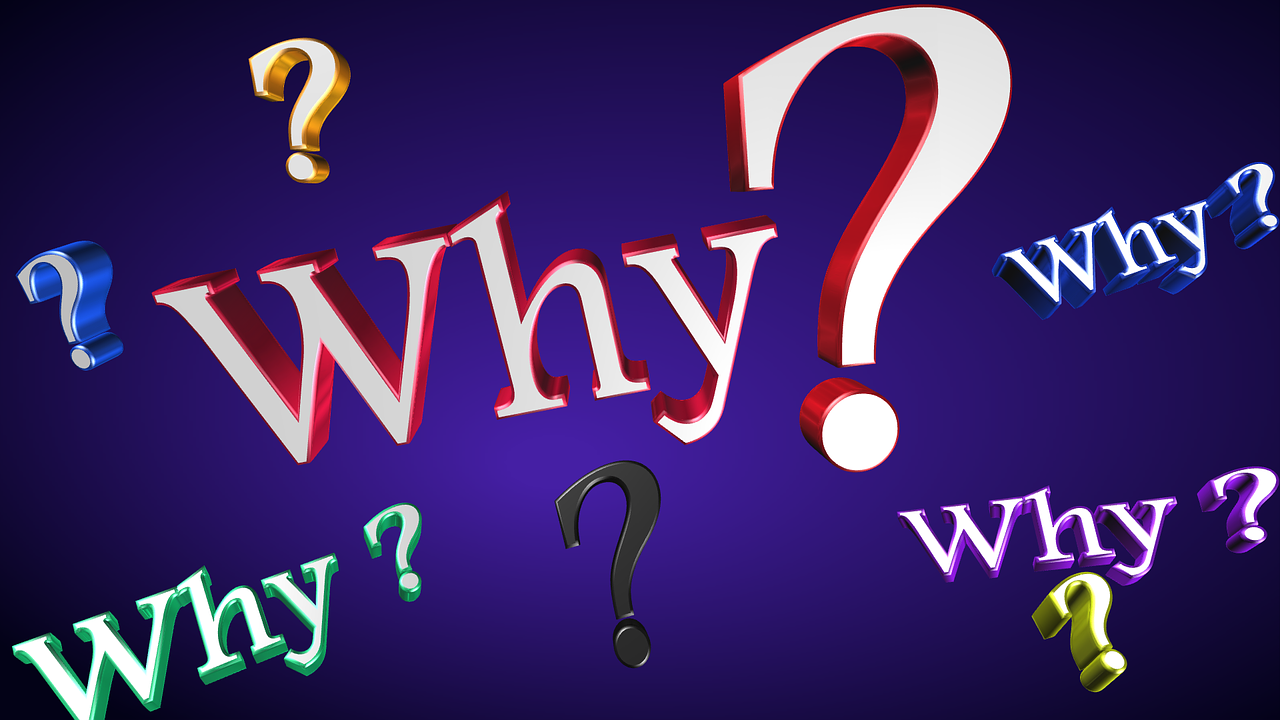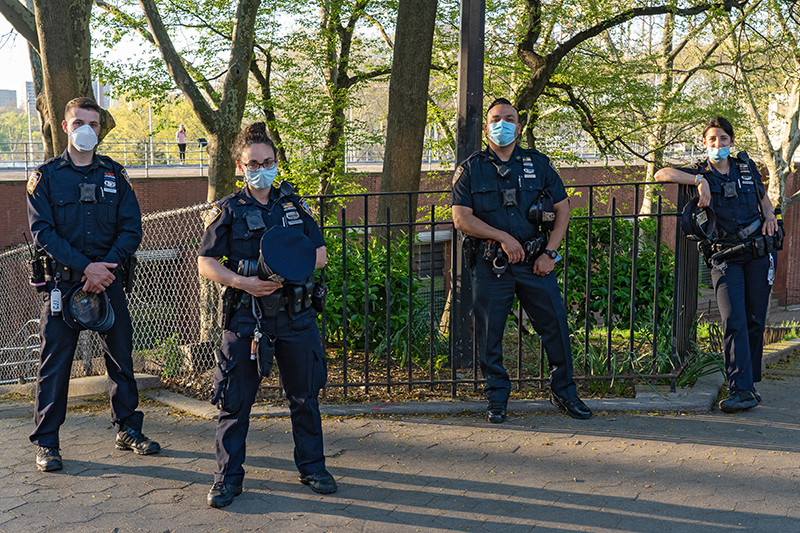Understanding the Color of Mental Health Awareness: Why Green Matters
Introduction: The Power of Color in Mental Health Awareness
Colors are more than mere visual stimuli-they carry emotional weight and cultural meaning. When it comes to mental health awareness, color plays a crucial role in rallying support, fostering unity, and reducing stigma. But what color represents mental health awareness, and why does it matter? This article explores the origins, significance, and actionable impact of the color green as a symbol for mental health, as well as practical guidance for engaging with awareness campaigns and supporting those affected by mental health challenges.
The Designated Color: Why Green Represents Mental Health Awareness
Green is internationally recognized as the color for mental health awareness. This color was chosen for its association with new life, renewal, and hope. Green symbolizes growth, healing, and the promise of recovery for individuals facing mental health challenges. Its calming qualities help foster environments conducive to open dialogue and emotional support [1] . The green ribbon, much like the pink ribbon for breast cancer, serves as a visible emblem of solidarity, reminding individuals that they are not alone in their journey.
The History and Symbolism Behind the Green Ribbon
The green ribbon’s connection to mental health dates back decades, with advocacy organizations and individuals adopting it to challenge stigma and promote understanding. Since 1949, May has been observed as Mental Health Awareness Month in the United States, and the green ribbon has become a central part of these campaigns [5] . The symbolism of green extends beyond simple aesthetics: it represents the hope for recovery, the ongoing process of healing, and the importance of community support [1] .
Green also resonates because it is the color of nature, suggesting growth and renewal. For those struggling with mental health conditions, this symbolism is powerful-it communicates that, with the right support, positive change is possible.
Mental Health Awareness Events and How Green Is Used
During Mental Health Awareness Month and other observances (such as World Mental Health Day in October), green is used in various creative ways to promote awareness. Here are some real-world examples:
- Wearing Green: Advocates, supporters, and organizations encourage individuals to wear green clothing or accessories as a sign of solidarity [2] .
- Green Ribbons: Distributing or displaying green ribbons at events, schools, or workplaces helps start conversations and demonstrate support for mental health causes [5] .
- Lighting Landmarks Green: Buildings, bridges, and public spaces are illuminated in green to draw attention to mental health and encourage community involvement. For example, Mental Health America coordinates the “Light Up Green” initiative each May [4] .
- Online Campaigns: Social media graphics, banners, and profile frames often feature green to amplify the message and reach a wider audience.
These initiatives are designed to break down barriers, invite open discussion, and connect individuals to resources. If you want to participate, you can join local or national campaigns, contact community organizations, or simply wear green to show your support. For lighting initiatives, consider reaching out to local officials or facility managers to request green lighting for the month of May [4] .
How to Get Involved: Steps to Support Mental Health Awareness
If you are inspired to support mental health awareness, there are several actionable steps you can take:
- Wear Green or a Green Ribbon: Displaying green is a simple yet powerful way to show support. You can purchase ribbons from reputable advocacy organizations or make your own. Wearing green can spark conversations and demonstrate empathy to those struggling with mental health issues.
- Organize or Attend Events: Many communities host walks, seminars, or workshops during Mental Health Awareness Month. To find local events, search for “Mental Health Awareness events near me” or visit the official websites of organizations such as Mental Health America or the National Alliance on Mental Illness (NAMI).
- Advocate for Green Lighting: If you are part of a business or community group, consider requesting that your local buildings or landmarks participate in green lighting initiatives. This can help raise visibility and spark broader discussions about mental health [4] .
- Share Trusted Resources: Help reduce misinformation by directing friends, family, and colleagues to reputable mental health resources. For example, Mental Health America and NAMI are established organizations with extensive information and support services.
- Initiate Conversations: Starting open, nonjudgmental conversations about mental health can reduce stigma and encourage others to seek help if needed. Consider using green-themed events or campaigns as a starting point for dialogue.
If you need more specific guidance, consider contacting local mental health organizations, your city’s public health department, or searching for “mental health support services” in your area.

Source: newadvancedhealth.com
The Broader Impact of Mental Health Awareness Campaigns
Raising awareness using the color green helps normalize conversations about mental health, making it easier for individuals to seek help. Campaigns that utilize green ribbons and lighting have been shown to increase participation, reduce stigma, and connect more people to resources [1] . For example, Mental Health America’s annual campaigns have reached millions of Americans, encouraging both prevention and recovery.

Source: infoupdate.org
Furthermore, these campaigns often coincide with targeted messages for different communities, such as older adults, youth, new parents, and minority groups, ensuring that mental health outreach is inclusive and relevant [2] .
Alternative Colors and Related Awareness Ribbons
While green is the primary color for mental health awareness, other colors are sometimes used for specific mental health-related causes. For instance, teal ribbons are associated with PTSD and sexual assault awareness, while other shades of green may represent related health issues. It is important to note, however, that the green ribbon remains the most recognized and widely adopted symbol for general mental health awareness [5] .
Occasionally, campaigns may combine colors to address overlapping health concerns, such as pairing green (mental health) with red (HIV/AIDS) for dual advocacy [3] . Always refer to official campaign materials or organizational guidance to ensure the correct color is used for the intended cause.
Challenges and Solutions in Mental Health Awareness
Despite progress, several challenges persist in mental health awareness. Stigma remains a significant barrier, preventing many from seeking help. Misunderstandings about what the green ribbon represents can also dilute its impact. To address these challenges:
- Education: Share accurate information about the meaning of the green ribbon and how it relates to mental health.
- Consistency: Use the green color and ribbon in all awareness activities to reinforce its association with mental health.
- Inclusivity: Ensure campaigns address the diverse experiences of people affected by mental health conditions, including those from different backgrounds and age groups.
By maintaining a clear message and leveraging the power of the green color, advocates can continue to make meaningful strides in mental health awareness.
Key Takeaways and Next Steps
The color green is more than a visual cue-it is a call to action for communities, organizations, and individuals to prioritize mental health. Whether you choose to wear a green ribbon, participate in awareness events, or light up your community in green, your involvement contributes to a more supportive and informed society.
To learn more or get involved, consider reaching out to major mental health organizations, participating in local campaigns, or searching for “mental health resources” and “green ribbon campaigns” in your area. Remember, every action counts in the journey to break stigma and promote mental wellness for all.
References
- [1] Asteroid Health (2025). What Is the Color for Mental Health Awareness?
- [2] Conscious Health Center (2025). Mental Health Awareness Day, Month, Color.
- [3] NAMI (2015). Wearing Red and Green.
- [4] Mental Health America (2025). Light up green for Mental Health Month.
- [5] Wizard Pins (2024). Awareness Ribbon Color and Meanings.
MORE FROM 9scholarships.de













